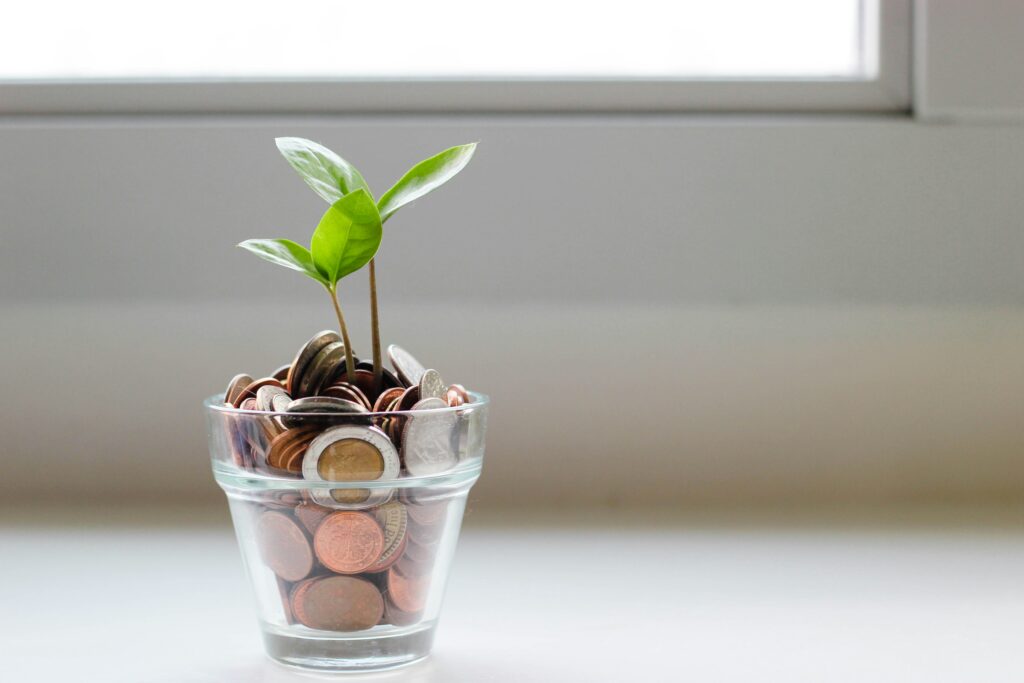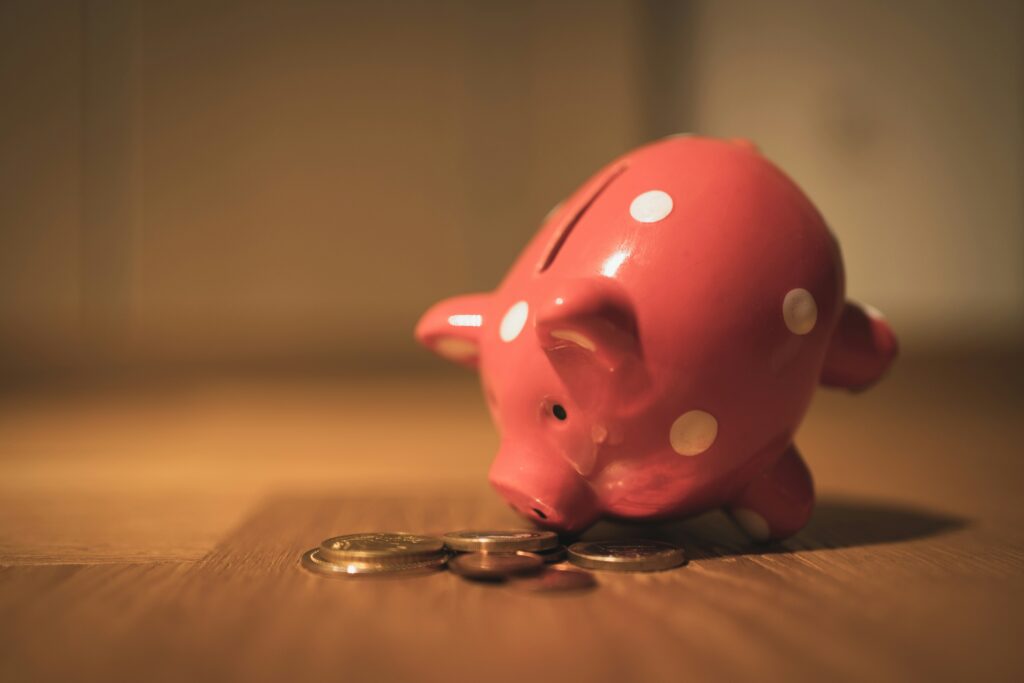With talks of a possible recession in 2025, many people are asking the same question: how much should I save to protect myself and my family? The truth is, an emergency fund is your financial safety net. It gives you the confidence to handle unexpected events like job loss, medical bills, or sudden expenses without going into debt. Building one does not need to be overwhelming. With a clear plan, you can start today and be better prepared for whatever comes.
Why an Emergency Fund Matters More in 2025

Recessions bring uncertainty. Jobs are less secure, the cost of living may rise, and credit may become harder to access. Without an emergency fund, even small setbacks can quickly spiral into financial stress. Having savings set aside means you can cover your essentials while you figure out your next move. It provides peace of mind in a time when stability is hard to find.
How Much Should You Save
A common rule of thumb is to save three to six months of living expenses. This range works for most people, but in a recession, it is safer to aim for six to twelve months. To calculate your number, add up your essential expenses: rent or mortgage, utilities, groceries, insurance, transportation, and minimum debt payments. Multiply that monthly total by the number of months you want your emergency fund to cover. That number is your savings goal.
For example, if your monthly essentials add up to $3,000, a six-month emergency fund would be $18,000. If you want extra security with twelve months, your goal would be $36,000. This might sound like a lot, but remember you do not need it all at once. Start small and build steadily.
Where to Keep Your Emergency Fund
Accessibility is key. Your emergency fund should be in a safe, liquid account that you can reach quickly. A high-yield savings account is often the best option. It keeps your money separate from your everyday spending while earning some interest. Avoid investing your emergency savings in the stock market, because you do not want to risk losing value right when you need it most.
Practical Tips to Build Your Fund Faster

Start with a small target. Aim for $1,000 as your first milestone. This covers minor emergencies and gives you a sense of progress.
Cut back temporarily. Review your spending and identify areas where you can trim costs. Even redirecting $100 or $200 each month can add up faster than you think.
Automate your savings. Set up a recurring transfer from your checking account to your emergency fund right after payday. Treat it like a non-negotiable bill.
Use windfalls wisely. Tax refunds, bonuses, or side hustle income can accelerate your savings. Instead of spending all of it, commit a portion to your emergency fund.
Stay consistent. Building an emergency fund takes discipline, but small contributions over time create powerful results.
Balancing Your Fund With Other Goals
You might wonder if it is worth saving so much when you also want to pay down debt or invest. The answer is balance. Focus first on reaching a basic cushion, like one to three months of expenses, while making minimum debt payments. Once you have that foundation, you can divide extra money between paying off debt, investing, and expanding your emergency fund. The key is not to ignore the safety net entirely.
Final Thoughts
The possibility of a recession in 2025 is a reminder of how important it is to prepare. An emergency fund is not about fear, it is about control. It gives you the freedom to handle challenges without derailing your financial progress. Whether you start with $500 or $5,000, what matters is that you start now.
Ready to take charge of your financial security? Download our free budgeting template today. It will help you track your income, expenses, and savings so you can build your emergency fund with confidence and prepare for whatever 2025 brings.